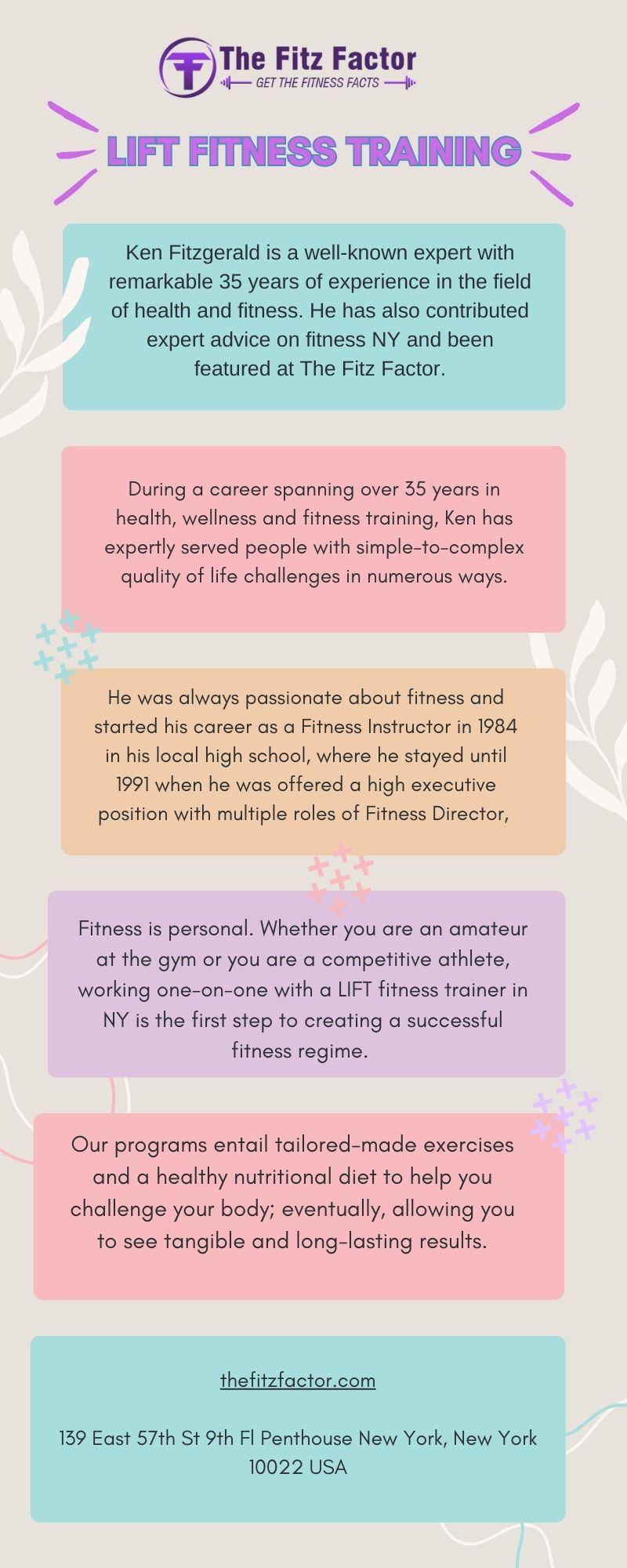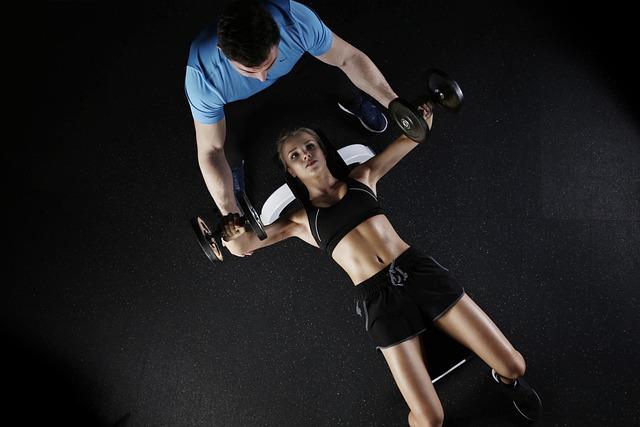In the quest for fitness, convenience and effectiveness often seem at odds, but resistance bands bridge this gap with remarkable ease. These versatile tools are not only affordable and portable, but they also offer a comprehensive solution for a full body workout that can be performed anywhere, anytime. Whether you’re a seasoned athlete or a fitness novice, learning how to create a full body workout using only resistance bands can elevate your exercise routine to new heights. In this guide, we will confidently navigate through the steps to design a balanced and effective workout plan, ensuring that each muscle group is engaged and challenged. Prepare to transform your fitness journey with the simplicity and power of resistance bands, as we delve into techniques and strategies that maximize their potential.
Selecting the Right Resistance Bands for Your Fitness Level
Choosing the appropriate resistance bands is essential for maximizing your workout efficiency and avoiding injury. When selecting bands, consider your current strength and fitness level. Beginners should start with lighter resistance bands, typically color-coded in yellow or green, which provide less tension and allow for more control. As you progress, intermediate users might find medium resistance bands, often in red or blue, more challenging and beneficial for building strength.
For those at an advanced level, look for heavier bands, usually black or purple, which offer greater resistance and can significantly intensify your workouts. It’s wise to have a variety of bands on hand to target different muscle groups effectively. Remember to check for quality and durability, ensuring they can withstand frequent use without snapping. Here’s a quick checklist for choosing the right bands:
- Determine your fitness level – Beginner, Intermediate, or Advanced.
- Select appropriate resistance levels – Light, Medium, or Heavy.
- Consider the band’s material - Latex or fabric, depending on your preference.
- Check for quality and durability – Ensure they are well-constructed.

Mastering Essential Exercises for Comprehensive Muscle Engagement
To achieve a well-rounded workout using resistance bands, it’s crucial to incorporate exercises that target multiple muscle groups. This approach not only enhances muscle coordination but also ensures balanced muscle development. Below are some essential exercises to integrate into your routine:
- Squats: Anchor the band under your feet and hold the handles at shoulder height. As you squat down, ensure your knees do not extend beyond your toes, engaging your glutes and quadriceps.
- Chest Press: Secure the band behind you and push the handles forward, simulating a bench press. This movement effectively targets the pectorals and triceps.
- Rows: Sit with legs extended and wrap the band around your feet. Pull the handles towards your torso, squeezing your shoulder blades together to engage the back muscles.
- Lateral Band Walks: Place the band around your thighs and step sideways, keeping tension on the band. This exercise is excellent for hip abductors and glutes.
- Overhead Press: Stand on the band with feet shoulder-width apart and press the handles upwards. This move targets the shoulders and upper back.
Incorporating these exercises into your workout ensures comprehensive muscle engagement, leveraging the versatility of resistance bands to their fullest potential.
Designing a Balanced Workout Routine for Optimal Results
Creating a balanced workout routine using resistance bands can efficiently target all major muscle groups, ensuring a comprehensive approach to fitness. Resistance bands are versatile and adaptable, providing varying levels of tension that can simulate the effect of weightlifting. To design a full-body routine, focus on including exercises that engage different parts of the body, promoting strength, flexibility, and endurance.
- Upper Body: Incorporate exercises like bicep curls, tricep extensions, and shoulder presses to build strength and definition.
- Core: Engage your midsection with moves such as seated rows, standing oblique twists, and plank variations.
- Lower Body: Squats, lunges, and leg presses using bands can enhance muscle tone and improve lower body strength.
Balance your routine by ensuring each session includes elements of strength training, flexibility, and cardiovascular work. Aim for 2-3 sets of 8-12 repetitions per exercise, adjusting the band’s resistance to match your fitness level. This approach not only builds muscle but also aids in injury prevention and boosts overall athletic performance.
Enhancing Your Training with Progressive Resistance Techniques
Unlock the full potential of your workouts by incorporating progressive resistance techniques with resistance bands. These versatile tools allow you to increase the intensity of your exercises gradually, making them ideal for building strength and endurance over time. Here’s how you can maximize your training:
- Vary the Band Tension: Start with a lighter band and gradually move to heavier bands as you build strength. This ensures that your muscles are consistently challenged.
- Adjust Your Reps and Sets: Begin with higher repetitions using lighter resistance and slowly decrease reps as you increase band tension. This method helps in targeting different muscle fibers effectively.
- Incorporate Complex Movements: Combine movements, such as squats with overhead presses, to engage multiple muscle groups and increase the workout intensity.
By applying these techniques, you can enhance muscle growth and improve overall fitness. Remember, the key is to progress gradually, ensuring that your muscles are continuously adapting to new challenges.




